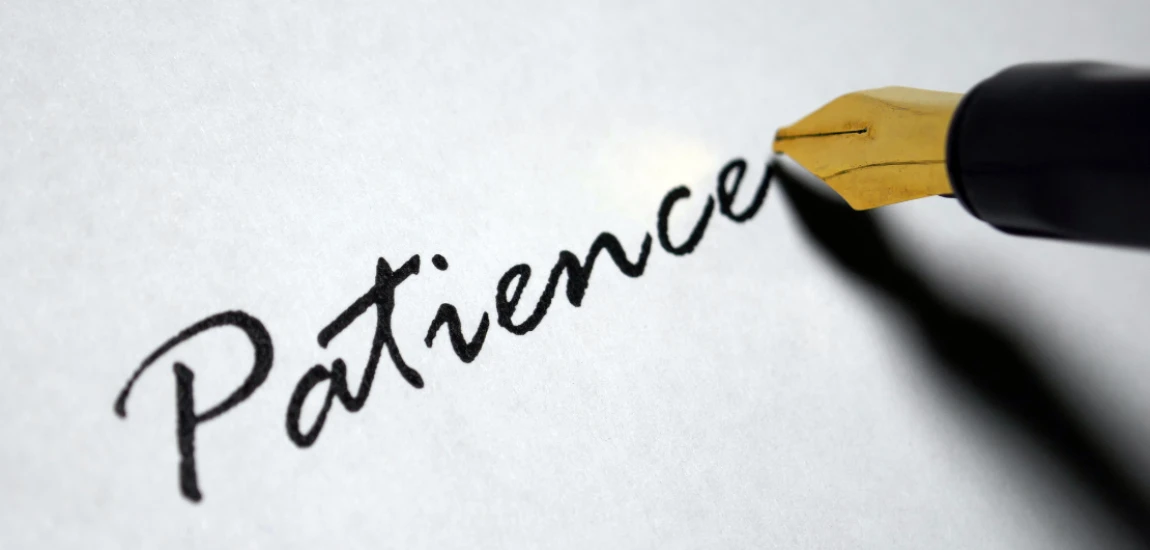Content Pacing in the Age of Scroll: Are We Losing Patience for Plot?

We live in a culture of speed, where a thumb flick can determine whether a piece of content survives or disappears into the digital void. TikTok videos, YouTube Shorts, and Instagram Reels condition audiences to expect rapid stimulation in seconds, while traditional storytelling often demands patience, buildup, and gradual immersion. The tension between content pacing in the age of scroll and classic narrative structures raises an important question: Are audiences losing patience for plot?
Storytellers, filmmakers, and marketers are grappling with this challenge. What used to be considered “good pacing”—slow character development, lingering shots, or layered subplots—can now feel sluggish to audiences trained by fast-scrolling platforms. At the same time, creators face the paradox of holding attention without sacrificing depth. In this blog, we’ll explore how scrolling habits are shaping storytelling, the risks of shrinking attention spans, and strategies to strike the right pacing balance.
The Evolution of Storytelling Pacing

Storytelling pacing has always reflected cultural expectations, but today’s shift feels sharper than ever.
From novels to serialized television
In the 19th century, readers devoured serialized novels, where authors like Charles Dickens used cliffhangers to keep audiences hooked week after week. Early TV shows borrowed this pacing structure, slowly developing characters while weaving episodic arcs.
The rise of blockbuster pacing
The 20th century brought faster storytelling, especially in film. Action-driven blockbusters like Jaws or Star Wars accelerated pacing, prioritizing spectacle and dramatic beats. Yet even these films allowed moments of quiet tension—something less common in today’s hyper-fast cuts.
Digital media as a pacing disruptor
The age of scroll has collapsed patience even further. When audiences are used to 15-second videos delivering punchlines, traditional pacing can feel “too slow.” The bar for grabbing attention has shifted dramatically, forcing creators to rethink narrative flow.
How Scrolling Habits Shape Audience Expectations

The design of social media platforms has trained audiences to crave immediacy, impacting how we engage with longer stories.
The swipe culture
Apps like TikTok and Instagram Reels create an environment where skipping is effortless. If a video doesn’t hook within the first 3 seconds, it risks being abandoned. This creates an expectation that all content—regardless of format—should be instantly engaging.
Short bursts vs. sustained attention
Audiences accustomed to fast-scrolling feeds often struggle with slower narratives. Long introductions or delayed payoffs can feel frustrating when compared to the instant gratification of short-form videos. Even movies and shows increasingly include attention-grabbing cold opens.
The psychological effects of fast content
Constant exposure to quick hits of entertainment conditions the brain for novelty-seeking. Dopamine cycles reinforce the craving for immediate rewards, making slower content feel unrewarding even if it’s narratively rich. This rewiring of attention patterns explains why some viewers give up on shows after a single episode.
Streaming Platforms and the Binge-Watch Paradox

While social media has accelerated content, streaming platforms have created a paradoxical relationship with pacing.
Cliffhangers as attention traps
Streaming services like Netflix design shows to encourage binge-watching. Episodes often end with cliffhangers, making it difficult for viewers to stop. This fast pacing keeps audiences hooked but risks undermining slower character arcs.
The death of filler episodes
Audiences are less tolerant of “filler” content. Streaming shows now avoid episodes that don’t directly advance the plot, as viewers expect consistent momentum. Even comedies are pressured to maintain tighter pacing.
Slow-burn stories still have a place
Yet, not all audiences crave speed. Shows like The Crown or Better Call Saul prove that slow-burn pacing can still captivate when executed with strong characters and storytelling. The challenge lies in balancing patience with engagement in a world conditioned by scrolling.
Are We Really Losing Patience for Plot?

The question isn’t simply about attention spans shrinking—it’s about changing expectations of narrative delivery.
The myth of the “short attention span”
Studies suggest people can still focus deeply when content is compelling. Viewers may binge 10 hours of a show in one sitting, proving patience for plot still exists. The difference lies in how stories are structured to maintain interest.
Demand for constant stimulation
What audiences reject is stagnation. If pacing feels slow without payoff, viewers move on. This isn’t necessarily impatience—it’s a demand for tighter storytelling where every scene feels purposeful.
Different genres, different tolerances
Pacing expectations also vary by genre. Audiences may accept slow pacing in a prestige drama but demand speed in action films or thrillers. In the age of scroll, genre conventions are under more scrutiny than ever.
Strategies for Storytellers in the Scroll Era

Creators must adapt to changing audience behaviors without abandoning depth or nuance.
Hook early, build later
Starting with a strong hook—whether it’s a provocative question, a dramatic moment, or a striking image—can capture attention. Once invested, audiences are more willing to follow slower developments.
Layered storytelling for both fast and slow consumers
Writers and filmmakers can design stories with multiple layers, offering quick payoffs for casual viewers while rewarding deeper engagement for attentive fans. This dual pacing approach appeals to diverse audiences.
Experimenting with hybrid formats
New formats like interactive storytelling, webisodes, or short companion content provide flexibility. Creators can meet audiences where they are while still delivering long-form narratives for those who crave immersion.
The Future of Content Pacing in a Scrolling World

As digital culture continues to evolve, so too will expectations around pacing.
Personalization powered by AI
Streaming platforms already use algorithms to recommend shows. In the future, pacing itself may be personalized—some viewers could receive edited “fast cuts” of shows while others opt for extended versions.
Hybrid attention economies
We may see entertainment blending short- and long-form experiences. A franchise could release TikTok teasers that feed into a slow-burn series, training audiences to balance instant gratification with deeper storytelling.
Redefining patience for modern narratives
Ultimately, losing patience for plot isn’t inevitable—it’s an opportunity for creators to rethink how stories are told. By blending traditional depth with digital-era immediacy, storytelling can remain both engaging and meaningful.




